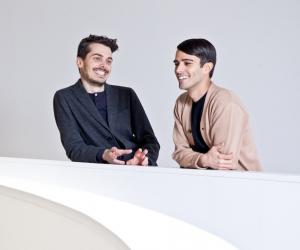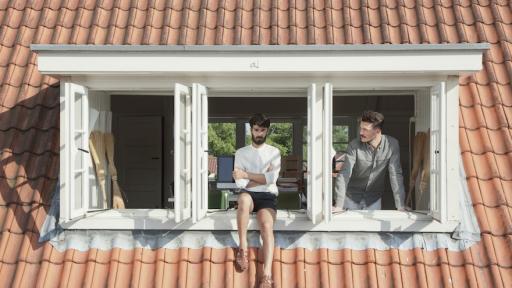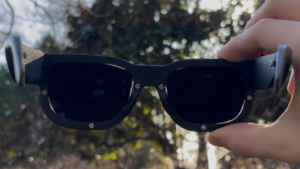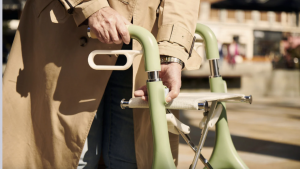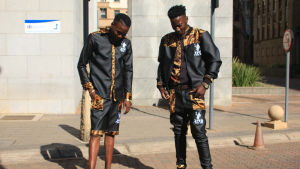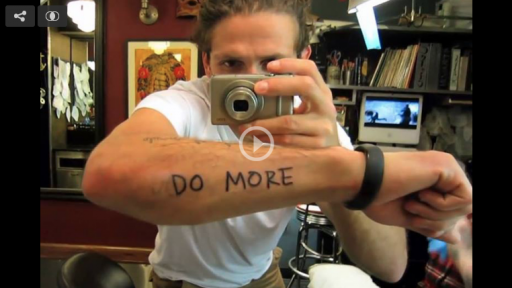Simone Farresin and Andrea Trimarchi are the founders and designers behind Studio Formafantasma. Formafantasma is a combination of Italian two words: “forma”, which means “form” and “fantasma”, which means, “ghost”.
It is a reference to Studio Formafantsma’s design process, which is conceptual and research based with a focus on material and historical investigations. “It’s not that we don’t have an interest in shaping objects,” says Farresin. “It’s just that we start with research and investigation. We always know where we are going to start but we never have any idea where we are going to end.”
The design duo cites their Italian heritage as an inspiration. Farresin and Trimarchi come from two different parts of Italy, Simone from the Northeast where furniture production is dominant, and Andrea from Sicily where the main production process is rural craft, influenced by folk art and craft, and religious events.
Studio Formafantasma has developed a body of work characterised by experimental, material investigations. Their work has explored the relationship between traditional and local culture, as well as critical approaches to sustainability and the significance of objects as cultural mediums.
Simone Farresin and Andrea Trimarchi met as design students at ISIA Florence but both designers lost interest in design as they felt they weren’t being challenged to shape a new future for design. Their interest in design reignited when they met one another: “It has been via living together, sharing our interests, speaking to one another, collecting objects and travelling that we started rediscovering design from a much more intimate perspective,” says Farresin.
They moved to the Netherlands and enrolled for a Master’s degree at the Design Academy in Eindhoven as a team, graduating with a joint project – the first time in the school’s history that this had happened.
“We truly believe that design is about collaboration,” says Farresin. “We are the fruit of that. Our studio is what it is because Andrea and I collaborate together.”
Studio Formafantasma perceives its role as a bridge between craft, industry, object and user, and its interest lies in forging links between its research-based practice and the wider design industry.
“Sometimes people ask us what our favourite tool for designing is and we say that it is words,” says Trimarchi. “Words because there are two of us and everything we design is the fruit of a discussion.”

